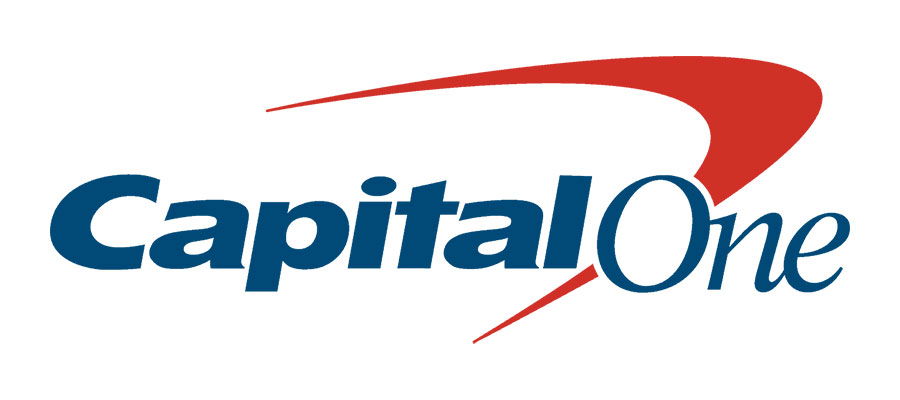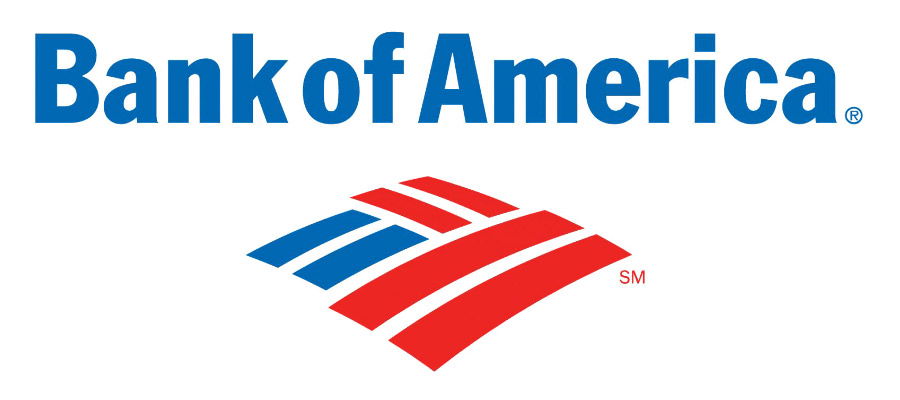Bad credit can make getting an auto loan feel out of reach, but it doesn’t have to. Many lenders work with borrowers who have less-than-perfect credit—it’s just about knowing how to make yourself look like a safe bet.

In this guide, you’ll learn 10 practical ways to improve your approval odds, from fixing credit report errors to increasing your down payment and comparing lenders. Follow these tips and you’ll be closer to driving away with a loan you can afford.
Key Takeaways
- Check your credit score and credit report to spot and fix errors before applying.
- Increase your down payment or use a cosigner to lower payments and strengthen your application.
- Compare lenders and get pre-approved to secure better terms and avoid predatory offers.
Tip 1: Check Your Credit Score Before Applying for an Auto Loan
Your credit score is more than a number—it’s a snapshot of your financial history. Lenders use it to decide whether to approve your loan and what interest rate to offer. Credit scores range from 300 to 850, with higher scores earning better terms. Your credit score is calculated based on payment history, amounts owed, length of credit history, new credit, and credit mix.
You can get a free copy of your credit report every 12 months from each of the three major credit bureaus—Equifax, Experian, and TransUnion—by visiting AnnualCreditReport.com. Once you have your reports, review them carefully.
Make sure all information is correct, and note any factors hurting your score. Knowing your score gives you a realistic idea of what loan terms to expect and where you need to improve before applying.
Tip 2: Fix Credit Report Errors to Improve Auto Loan Approval Odds
Errors on your credit report can drag down your credit score and hurt your chances of getting approved. Even small mistakes—like an account showing as late when it was paid on time—can make a difference.
Check for inaccuracies such as:
- Incorrect personal information.
- Accounts that don’t belong to you.
- Wrong credit limits.
- Outdated account statuses.
If you find an error, file a dispute with the credit bureau that issued the report. Include documentation to back up your claim. The credit bureau must investigate within 30 days, and if your dispute is successful, the correction could give your credit score an immediate lift.
Tip 3: Increase Your Down Payment
A bigger down payment can make a bad credit auto loan more affordable and easier to get approved. It lowers the amount you need to borrow, reduces the lender’s risk, and can even help you qualify for a lower interest rate.
Here are some ways to grow your down payment fund:
- Budget smarter: Review your monthly expenses and redirect savings toward your car fund.
- Earn extra income: Pick up a side gig or sell items you no longer use.
- Automate savings: Schedule transfers to a high-yield savings account dedicated to your down payment.
- Use lump sums: Put tax refunds, bonuses, or other windfalls directly into your fund.
The more you put down upfront, the smaller your loan—and the less you’ll pay in interest over time.
Tip 4: Consider a Cosigner
If your credit score is holding you back, adding a cosigner with strong credit can significantly improve your approval odds. Lenders look at both credit profiles, which can also help you qualify for a lower interest rate.
Choose someone you trust—often a close family member or friend—who has a solid payment history and stable income. Make sure they understand the commitment: if you miss a payment, they’re legally responsible for covering it.
A reliable cosigner can give lenders more confidence in your application and potentially save you thousands in interest over the life of the loan.
Tip 5: Show Proof of Stable Income
Lenders want to see that you have steady income to cover your monthly loan payments—especially if your credit score isn’t ideal. Showing proof of reliable earnings can help offset credit concerns.
Bring documentation such as recent pay stubs, bank statements, and tax returns. If you’re self-employed, include 1099 forms or profit-and-loss statements. A letter from your employer confirming your position and salary can also help.
Clear proof of income reassures lenders that you can handle the loan, making approval more likely.
Tip 6: Reduce Existing Debt
Lenders consider your debt-to-income ratio (DTI) along with your credit score. A high DTI signals that you may struggle to take on more debt, while a lower DTI makes you a safer bet.
Ways to bring your DTI down include:
- Pay off high-interest debt first: Focus on credit cards and other accounts with the steepest rates.
- Consolidate debts: Combine multiple balances into one loan with a lower interest rate.
- Cut non-essential expenses: Redirect that money toward paying down balances faster.
- Make extra payments: Even small amounts above the minimum can shorten your payoff timeline.
Lowering your debt improves your financial profile and makes you a more attractive borrower.
See also: Debt Snowball vs. Debt Avalanche: Which Method Works Best?
Tip 7: Compare Lenders to Find the Best Auto Loan for Bad Credit
Not all lenders view bad credit the same way, so shopping around can make a big difference in your loan terms. Each type of lender has its own advantages:
- Traditional banks: Often have competitive rates but stricter approval requirements. If you’re already a customer, you may have better odds.
- Credit unions: Member-owned institutions that may offer lower rates and more flexible terms for members with bad credit.
- Online lenders: Faster applications and more lenient approval criteria, but always check reviews and credibility.
- Specialty finance companies: Designed for borrowers with poor credit, though interest rates and fees can be higher.
Limit the number of applications you submit at once to avoid multiple hard inquiries that could temporarily lower your credit score. Focus on lenders most likely to work with your credit profile.
See also: Best Auto Loans for Bad Credit of December 2025
Tip 8: Get Pre-Approved Before Shopping for a Car
Pre-approval gives you a clear idea of how much you can borrow and shows dealers you’re a serious buyer. It can also help you negotiate better terms and avoid stretching your budget.
When you apply, the lender will run a hard inquiry on your credit report. Multiple inquiries within a short window—usually 14 to 45 days—are typically counted as one, so try to do all your rate shopping at once.
To get pre-approved:
- Check your credit score first so you know where you stand.
- Gather income and employment documents like pay stubs and bank statements.
- Compare offers from banks, credit unions, and online lenders.
- Apply within a short time frame to minimize any impact on your credit score.
Tip 9: Understand Your Loan Terms Before You Sign
Before committing to an auto loan, make sure you know exactly what you’re agreeing to. Read the agreement closely and confirm these details:
- Annual percentage rate (APR): Includes the interest rate and any fees—lower APR means less paid over time.
- Loan term: Shorter terms mean higher monthly payments but less total interest. Longer terms lower payments but cost more overall.
- Monthly payment amount: Ensure it fits comfortably in your budget.
- Fees and penalties: Watch for late fees, processing charges, and prepayment penalties.
Knowing your terms upfront prevents surprises and helps you choose a loan that truly fits your finances.
Tip 10: Avoid Scams and Predatory Lenders
Bad credit borrowers are often targeted by lenders with unfair terms. Protect yourself by avoiding any lender who:
- Pressures you to sign quickly.
- Doesn’t run a credit check.
- Hides or is vague about fees and rates.
- Requests payment through untraceable methods like gift cards or wire transfers.
- Guarantees approval without reviewing your finances.
Stick with reputable lenders, read all terms carefully, and research reviews before committing.
Final Thoughts
Getting an auto loan with bad credit isn’t always easy, but it’s possible with the right approach. By improving your credit profile, putting more money down, comparing lenders, and knowing your loan terms in detail, you can boost your chances of approval and secure a more affordable rate.
Every smart step you take now—whether it’s fixing errors on your credit report or lowering your debt—helps you not just get into a car, but also move toward stronger financial health in the long run.




